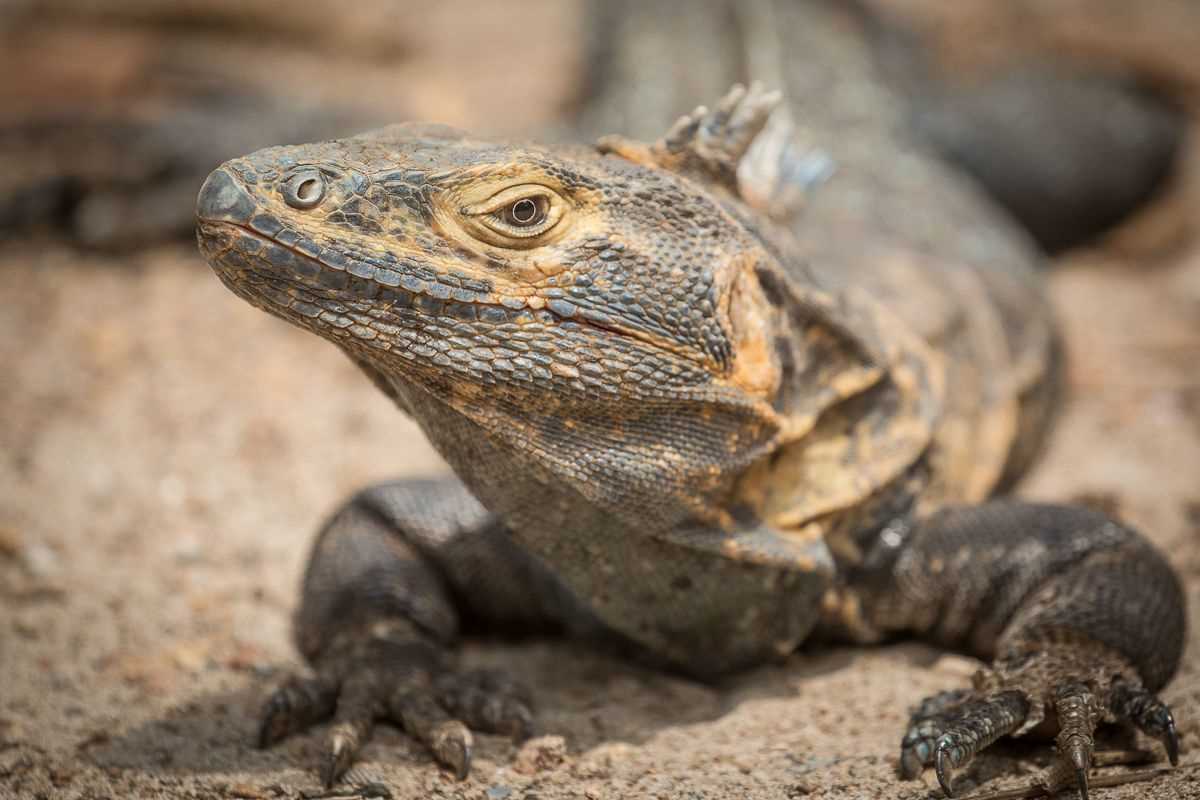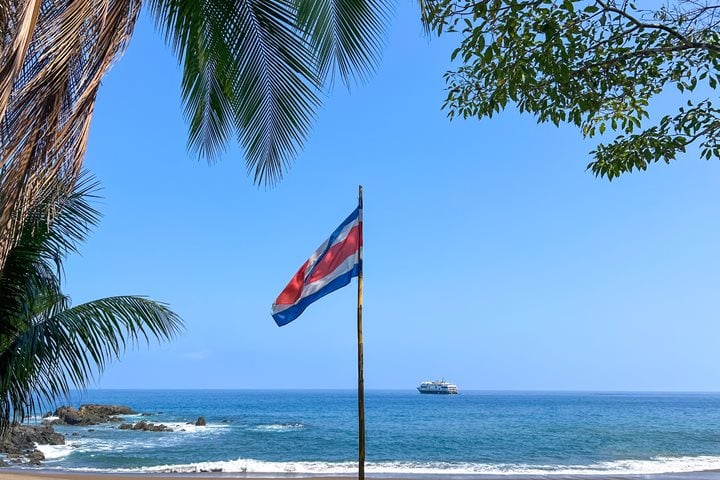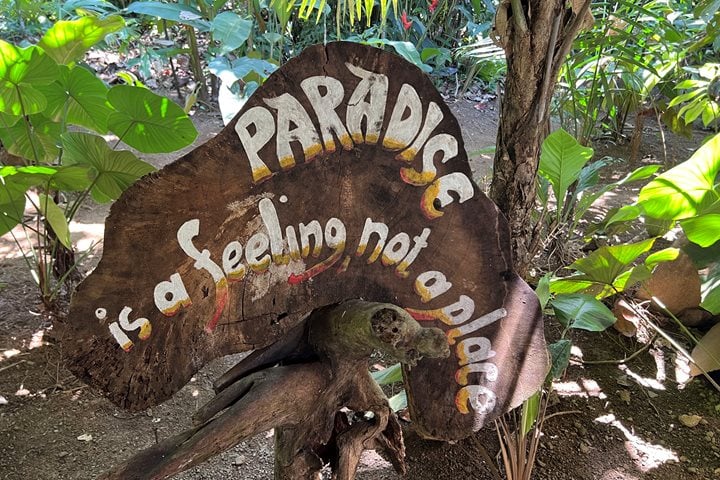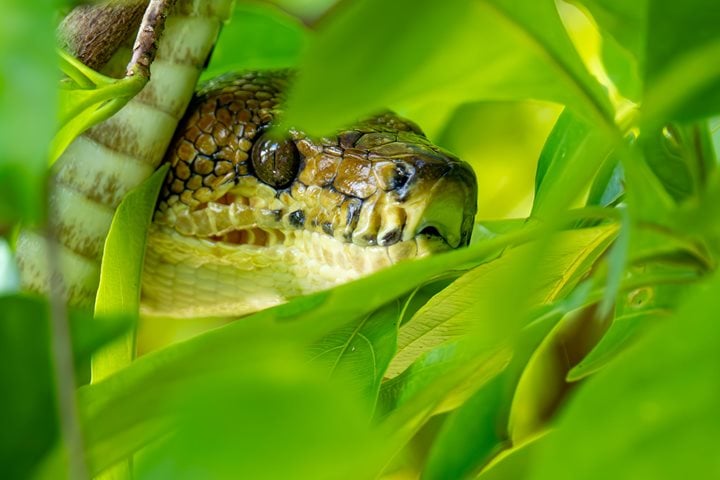Today our expedition took us to Iguana Island, one of the most beautiful wildlife refuges of Panama, having been named after the presence of black “spiny-tailed” iguanas.
Known as a key sanctuary for frigate birds, our guests had the experience to admire their beauty as they dipped and flew overhead.
Further into the day, we had the options of hiking and snorkeling, both of which did much to enhance the whole experience of visiting this wildlife-rich territory. And in the afternoon, we cruised to our next destination while looking for marine wildlife. What a place to be witnessing!









